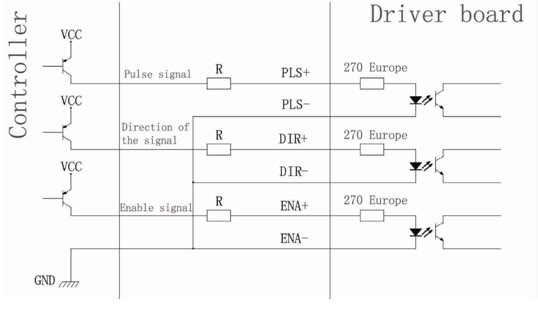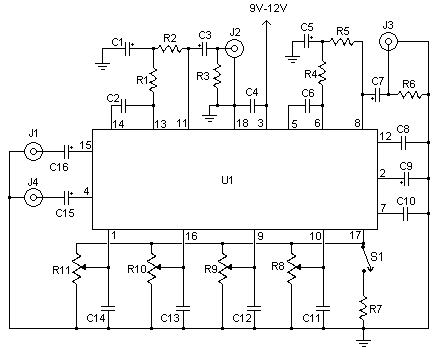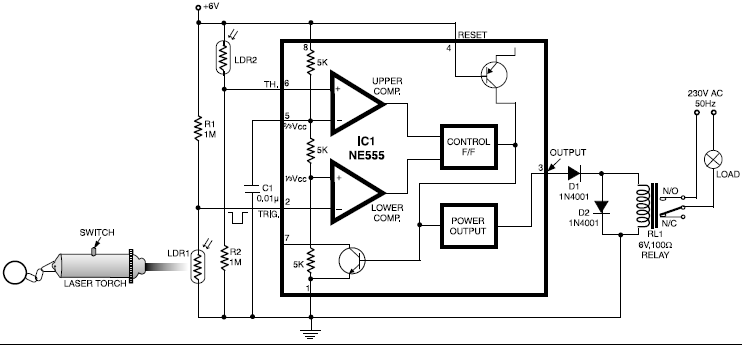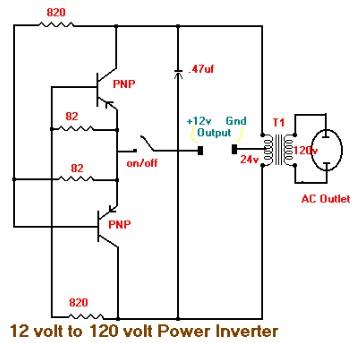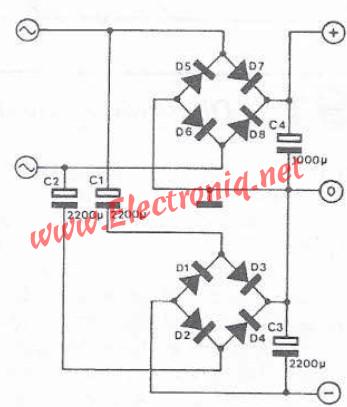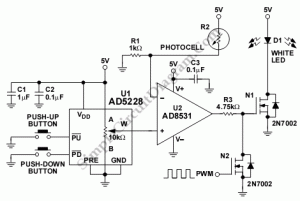
0-30 VDC Stabilized power supply with current control 0.002-3 A
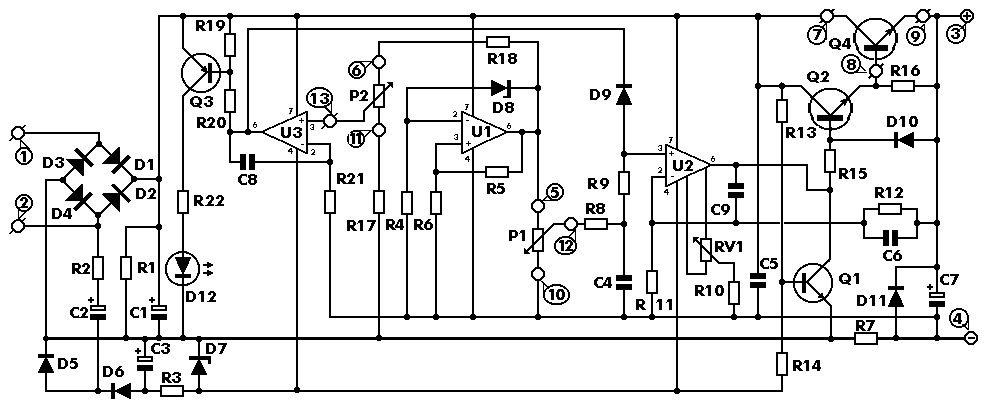
This is a high quality power supply with a continuously variable stabilised output adjustable at any value between 0 and 30VDC. The circuit also incorporates an electronic output current limiter that effectively controls the output current from a few milliamperes (2 mA) to the maximum output of three amperes that the circuit can deliver. This feature makes this power supply indispensable in the experimenters laboratory as it is possible to limit the current to the typical maximum that a circuit under test may require, and power it up then, without any fear that it may be damaged if something goes wrong.
The described power supply circuit features a robust design that allows for a variable output voltage ranging from 0V to 30V DC, achieved through the use of a voltage regulator, typically based on integrated circuits such as the LM317 or similar adjustable linear voltage regulators. The output voltage can be fine-tuned using a potentiometer, enabling precise voltage settings suitable for various applications.
Incorporated within the circuit is an electronic output current limiter, which is essential for protecting sensitive components during testing. This circuit utilizes a current sensing resistor and an operational amplifier to monitor the output current. When the output current exceeds the predefined limit, the circuit automatically adjusts the output voltage, thereby preventing excessive current flow. The current limit can be set to a minimum of 2 mA, allowing for testing of low-power devices, up to a maximum of 3 A, accommodating a wide range of experimental setups.
The power supply circuit is typically powered by an AC source, which is rectified and filtered to provide a stable DC input for the voltage regulator. Additional filtering capacitors are included to smooth out any ripple in the output voltage, ensuring a clean and stable power supply.
Safety features may also be integrated, such as thermal shutdown and short-circuit protection, to further safeguard both the power supply and the devices being powered. The entire assembly is usually housed in a durable enclosure with adequate ventilation to dissipate heat generated during operation.
Overall, this power supply design is an invaluable tool for electronic experimentation, providing flexibility in voltage and current settings while ensuring safety and reliability in laboratory environments.This is a high quality power supply with a continuously variable stabilised output adjustable at any value between 0 and 30VDC. The circuit also incorporates an electronic output current limiter that effectively controls the output current from a few milliamperes (2 mA) to the maximum output of three amperes that the circuit can deliver.
This feature makes this power supply indispensable in the experimenters laboratory as it is possible to limit the current to the typical maximum that a circuit under test may require, and power it up then, without any fear that it may be damaged if something goes wrong. 🔗 External reference
The described power supply circuit features a robust design that allows for a variable output voltage ranging from 0V to 30V DC, achieved through the use of a voltage regulator, typically based on integrated circuits such as the LM317 or similar adjustable linear voltage regulators. The output voltage can be fine-tuned using a potentiometer, enabling precise voltage settings suitable for various applications.
Incorporated within the circuit is an electronic output current limiter, which is essential for protecting sensitive components during testing. This circuit utilizes a current sensing resistor and an operational amplifier to monitor the output current. When the output current exceeds the predefined limit, the circuit automatically adjusts the output voltage, thereby preventing excessive current flow. The current limit can be set to a minimum of 2 mA, allowing for testing of low-power devices, up to a maximum of 3 A, accommodating a wide range of experimental setups.
The power supply circuit is typically powered by an AC source, which is rectified and filtered to provide a stable DC input for the voltage regulator. Additional filtering capacitors are included to smooth out any ripple in the output voltage, ensuring a clean and stable power supply.
Safety features may also be integrated, such as thermal shutdown and short-circuit protection, to further safeguard both the power supply and the devices being powered. The entire assembly is usually housed in a durable enclosure with adequate ventilation to dissipate heat generated during operation.
Overall, this power supply design is an invaluable tool for electronic experimentation, providing flexibility in voltage and current settings while ensuring safety and reliability in laboratory environments.This is a high quality power supply with a continuously variable stabilised output adjustable at any value between 0 and 30VDC. The circuit also incorporates an electronic output current limiter that effectively controls the output current from a few milliamperes (2 mA) to the maximum output of three amperes that the circuit can deliver.
This feature makes this power supply indispensable in the experimenters laboratory as it is possible to limit the current to the typical maximum that a circuit under test may require, and power it up then, without any fear that it may be damaged if something goes wrong. 🔗 External reference
